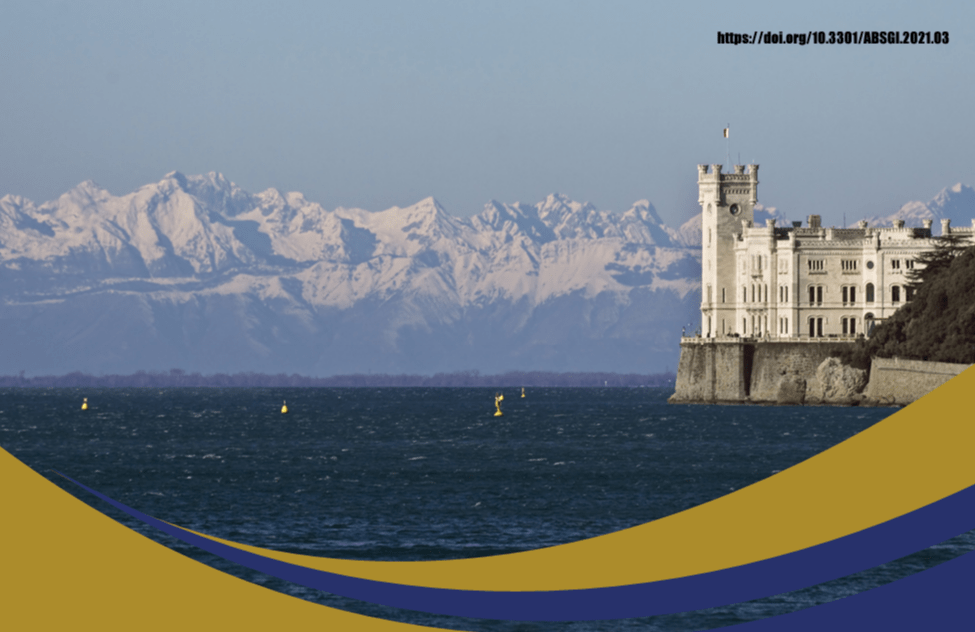Performance of remote sensing algorithms for shoreline mapping under different beach morphodynamic conditions.
Souto Ceccon P.*1, Ciavola P.1 & Armaroli C.2
1 Department of Physics and Earth Sciences, Università degli Studi di Ferrara. 2 Scuola Universitaria Superiore IUSS Pavia. Corresponding author e-mail: stcpml@unife.it Keywords: remote sensing, shoreline detection.
Shoreline variability is a key factor in coastal studies. In the last decades, remote sensing techniques have been widely applied and several algorithms for shoreline detection have been developed to extract the so called Satellite Derived Shorelines (SDS). Multispectral and hyperspectral satellites provide images covering large areas with high spatial and temporal resolution, allowing to perform a near real-time analysis of shorelines worldwide. There are several open source algorithms (e.g. SHOREX (Pardo-Pacual et al., 2012) and CoastSat (Vos et al., 2019)) for shoreline detection at sub-pixel level, using freely available multispectral images (Landsat and Sentinel constellations). However, open source applications for SDSs analysis using hyperspectral data are not yet available. Recently the Agenzia Spaziale Italiana (ASI), has launched the PRISMA mission (PRecursore IperSpettrale della Missione Applicativa), offering medium-spatial (30 m) and high spectral (smaller than 12 nm) resolution.
In this study we present the performance of the CoastSat algorithm applied to multispectral images. Additionally, we show the capability of hyperspectral techniques applied to PRISMA images to detect the shoreline given their higher spectral resolution.
The performance of the CoastSat algorithm was evaluated in two different microtidal beaches of the Italian Adriatic coast (Emilia-Romagna and Marche Regions): Punta Marina (PM) and Sirolo (SIR). The beach at PM is a typical intermediate fine-sandy beach, while SIR is a mixed coarse sand-gravel reflective beach. SDSs were compared to RTK-DGPS surveyed shorelines, measured following the upper limit of the swash zone, and with shorelines derived from a video monitoring station, after manual mapping on variance images. The shoreline derived from in-situ surveys were coincident with Landsat-5, Landsat-7 and Sentinel-2 satellite overpasses The influence on the identification of SDSs of the run-up extent and beach morphodynamic state was evaluated. The obtained RMSE ranges between ~ 6.5 and 14 m at both sites, indicating that the shoreline is effectively obtained from multispectral images at sub-pixel level. In addition, we analysed the shoreline derived from a PRISMA hyperspectral image of PM. We found that similar results can be obtained using hyperspectral images.
- Pardo-Pascual J.E., Almonacid-Caballer J., Ruiz L.A. & Palomar-Vázquez J. (2012) – Automatic extraction of shorelines from Landsat TM and ETM+ multi-temporal images with subpixel precision. Remote Sensing of Environment, 123, 1-11.
- Vos K., Splinter K.D. Harley M.D., Simmons J.A. & Turner I.L. (2019) – CoastSat: A Google Earth Engine-enabled Python toolkit to extract shorelines from publicly available satellite imagery. Environmental Modelling & Software, 122, 104528.
How to Cite: Souto Ceccon, P. E., Ciavola, P., and Armaroli, C. Performance of remote sensing algorithms for shoreline mapping under different beach morphodynamic conditions. Geology Without Borders – 90° Congresso della Società Geologica Italiana. Trieste 14th-16th September 2021. Abstract Book. DOI: https://doi.org/10.3301/ABSGI.2021.03, p.295
